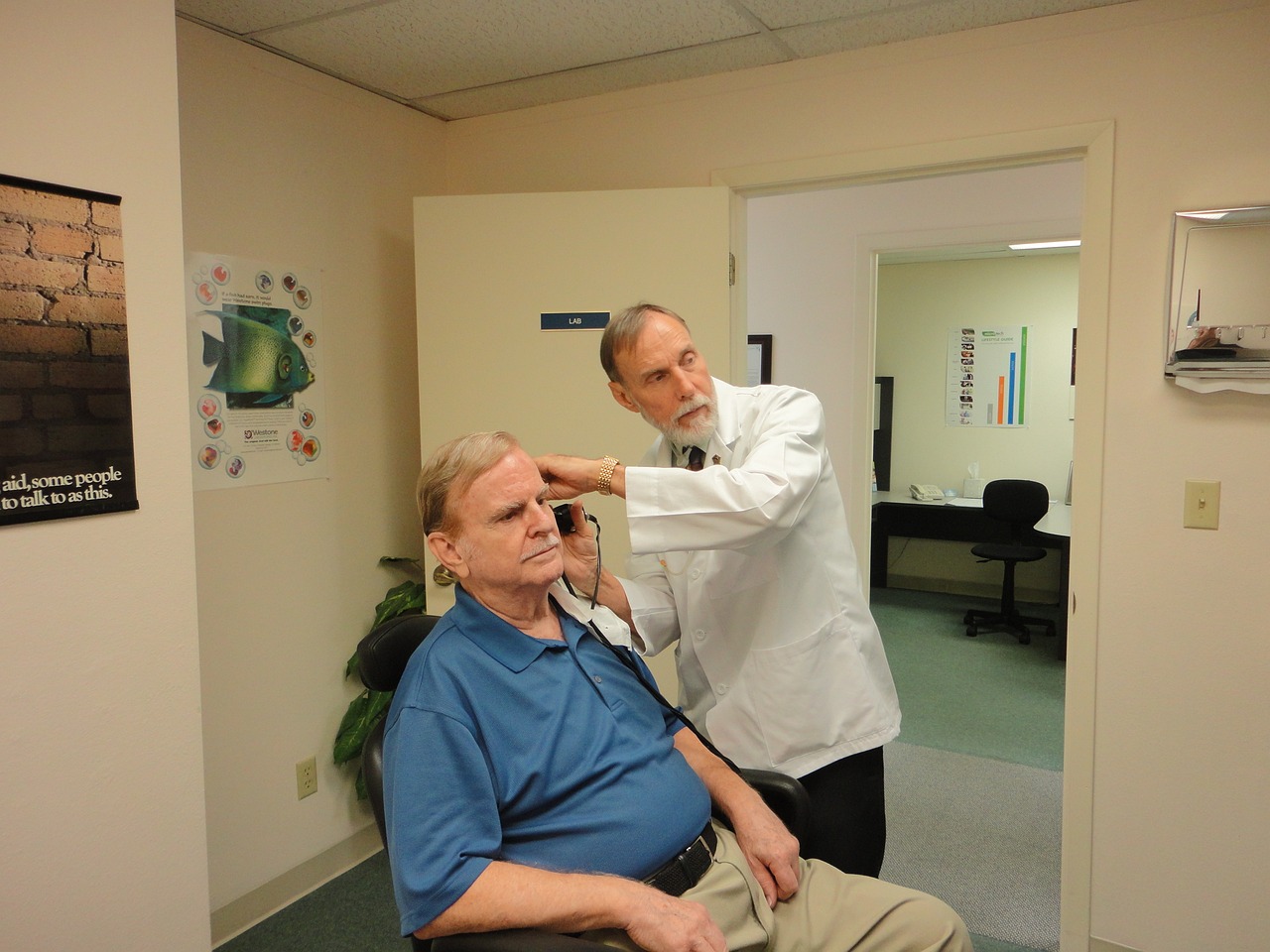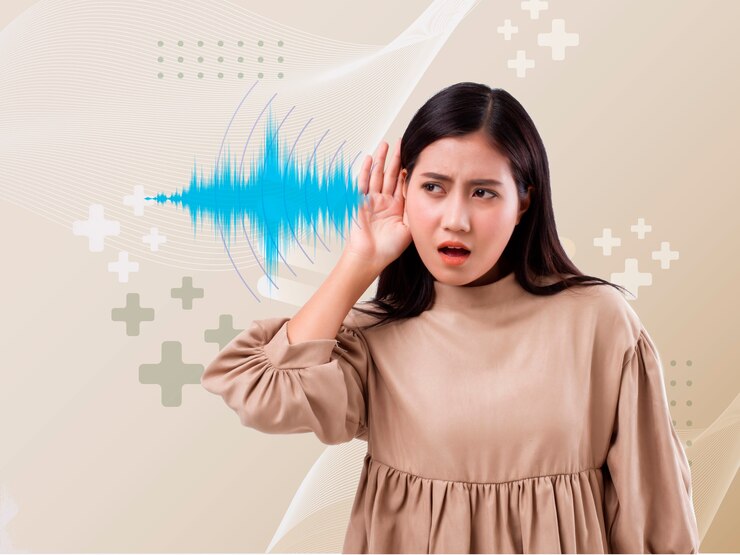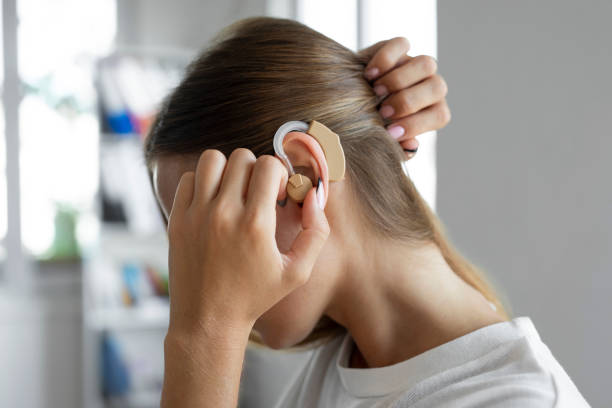Introduction
Maintaining good hearing health is crucial for overall well-being. In this article, we will delve into the topic of conductive hearing loss, its causes, and treatment options. By shedding light on this issue, we aim to equip readers with valuable insights that empower them to proactively safeguard their auditory health and empower individuals to take proactive steps towards better hearing health.

What is Conductive Hearing Loss?
Conductive hearing loss is a type of hearing impairment that occurs when sound waves are unable to pass through the outer or middle ear. This can result in reduced sound clarity and volume perception. Unlike sensorineural hearing loss, which affects the inner ear, conductive hearing loss is often caused by blockages or abnormalities in the ear canal or middle ear.

Symptoms of conductive hearing loss may include muffled sound perception, difficulty understanding speech in noisy environments, and a sensation of fullness in the ear. If you experience any of these symptoms, it is important to consult a healthcare professional for a comprehensive evaluation.
Treatment Options for Conductive Hearing Loss
Treatment for conductive hearing loss may involve addressing the underlying cause through medical interventions or surgical procedures.
- Medical Interventions
Medical treatments play a crucial role in managing conductive hearing loss, especially when it is caused by factors such as ear infections, earwax buildup, or middle ear abnormalities. Antibiotics are often prescribed for bacterial ear infections, while earwax impaction may be alleviated through professional ear cleaning procedures. In cases where fluid accumulation in the middle ear is the culprit, myringotomy or tympanostomy tubes insertion may be recommended to restore proper sound conduction.
- Surgical Procedures
For more severe cases of conductive hearing loss, surgical interventions may be necessary to address structural issues within the ear. Procedures such as tympanoplasty, stapedectomy, or ossicular chain reconstruction can help restore hearing function by repairing damaged components of the middle ear. Surgical treatments are tailored to the specific cause of conductive hearing loss and are typically performed by otolaryngologists or ear, nose, and throat (ENT) specialists.
- Bone Conduction Devices and Implants
Bone conduction devices and implants offer innovative solutions for individuals with conductive hearing loss that cannot be effectively managed through conventional treatments. These devices bypass the outer and middle ear entirely, transmitting sound vibrations directly to the inner ear through bone conduction. Bone anchored hearing aids (BAHA) and osseointegrated implants are examples of advanced technology that can significantly improve hearing outcomes for individuals with conductive hearing loss.
Hearing Aids for Various Types of Hearing Loss
Hearing aids play a crucial role in enhancing communication and quality of life for individuals with hearing loss. For those with conductive hearing loss, hearing aids can help bridge the gap in sound conduction and improve auditory perception.
Hearing aids remain a cornerstone in the management of conductive hearing loss, providing amplification and sound enhancement for individuals with varying degrees of auditory impairment. Contrary to popular belief, individuals with conductive hearing loss can benefit from hearing aids, especially when the impairment stems from issues that impact sound conduction within the ear canal or middle ear.

Modern hearing aids, just like Nearity HearPod Air, are equipped with advanced features such as digital signal processing, noise reduction algorithms, and feedback cancellation to offer optimal hearing performance and comfort. Audiologists play a vital role in evaluating hearing needs, fitting hearing aids, and providing ongoing support to ensure optimal outcomes for individuals with conductive hearing loss.
Depending on the degree of hearing loss and lifestyle preferences, individuals can choose from a range of hearing aid styles, including behind-the-ear, in-the-ear, and completely-in-the-canal devices. Hearing aids can be customized to address specific hearing needs, such as directional microphones for better speech understanding in noisy environments or telecoil technology for connecting to audio devices.
Conclusion
Conductive hearing loss is a manageable condition with the right diagnosis and treatment. By understanding the causes and treatment options for conductive hearing loss, individuals can take proactive steps towards better hearing health. If you suspect hearing impairment or experience symptoms of hearing loss, try free online hearing test to quickly assess your hearing health and seek guidance from healthcare providers and audiologists promptly. Your well-being matters, and Nearity HearPod Air is always here to support you on your journey to better hearing wellness.



